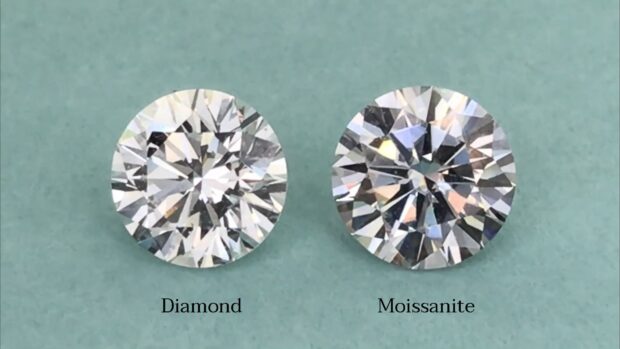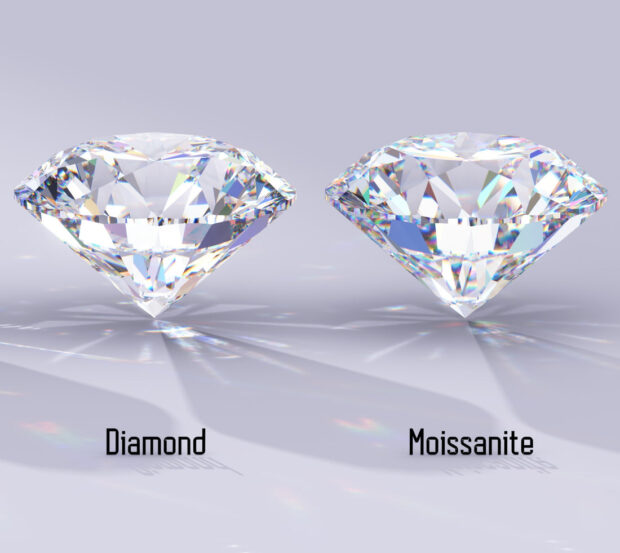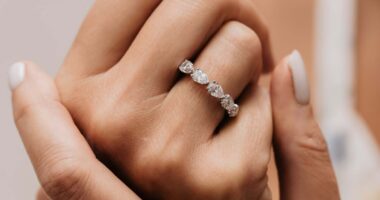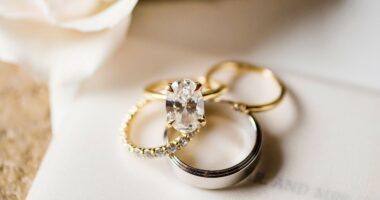When it comes to choosing an engagement ring, there are several factors to consider. One of the most important factors is the choice of gemstone. While diamonds have been the go-to choice for engagement rings for decades, moissanite has emerged as a popular alternative in recent years. But which one is the best choice for your engagement ring?
First, let’s talk about what moissanite is. This is a mineral that was first discovered in a meteorite crater in Arizona in 1893. It is made of silicon carbide and is extremely rare in nature. However, scientists have been able to create it in a laboratory setting, making it more widely available. It has many of the same physical properties as diamonds, including a high level of brilliance and fire. In fact, many people mistake moissanite for diamonds at first glance.

So, how does moissanite compare to diamonds in terms of quality and price? Moissanite is generally considered to be a high-quality gemstone, with a hardness of 9.25 on the Mohs scale (diamonds are a 10). This means that it is almost as hard as diamonds and can withstand everyday wear and tear. It also has a higher refractive index than diamonds, which means it has more sparkle and fire.
In terms of price, moissanite is significantly less expensive than diamonds. A one-carat diamond can cost upwards of $5,000, while a one-carat moissanite can be purchased for less than $1,000. This makes it a popular choice for couples who want a beautiful engagement ring without breaking the bank.
However, there are some differences between moissanite vs diamond that you should be aware of.
- One of the main differences is the way that the two gemstones reflect light. Diamonds have a higher level of brilliance, which is the amount of white light that is reflected from the stone. Moissanite, on the other hand, has a higher level of fire, which is the amount of colored light that is reflected from the stone.
- Another difference between these two is their clarity. Diamonds are graded on a clarity scale that ranges from “flawless” to “included.” Flawless diamonds have no visible inclusions or blemishes, while included ones have visible flaws. Moissanite, on the other hand, is generally considered to be “eye-clean,” meaning that it does not have any visible inclusions when viewed with the naked eye.
So, which one is the best choice for your engagement ring?

It’s worth considering the environmental
impact of your choice. Diamonds are often mined in countries with poor labor practices, and the mining process can have a significant environmental impact. Moissanite, on the other hand, is a lab-created gemstone that has a much smaller environmental footprint. If you’re concerned about the ethical and environmental impact of your engagement ring, moissanite might be the more responsible choice.
Overall, the choice between moissanite or diamond comes down to personal preference, budget, and values. Whichever gemstone you choose, make sure it’s a symbol of the love and commitment that you share with your partner.



